To provide the best experiences, we use technologies like cookies to store and/or access device information. Consenting to these technologies will allow us to process data such as browsing behaviour or unique IDs on this site. Not consenting or withdrawing consent, may adversely affect certain features and functions.
The technical storage or access is strictly necessary for the legitimate purpose of enabling the use of a specific service explicitly requested by the subscriber or user, or for the sole purpose of carrying out the transmission of a communication over an electronic communications network.
The technical storage or access is necessary for the legitimate purpose of storing preferences that are not requested by the subscriber or user.
The technical storage or access that is used exclusively for statistical purposes.
The technical storage or access that is used exclusively for anonymous statistical purposes. Without a subpoena, voluntary compliance on the part of your Internet Service Provider, or additional records from a third party, information stored or retrieved for this purpose alone cannot usually be used to identify you.
The technical storage or access is required to create user profiles to send advertising, or to track the user on a website or across several websites for similar marketing purposes.
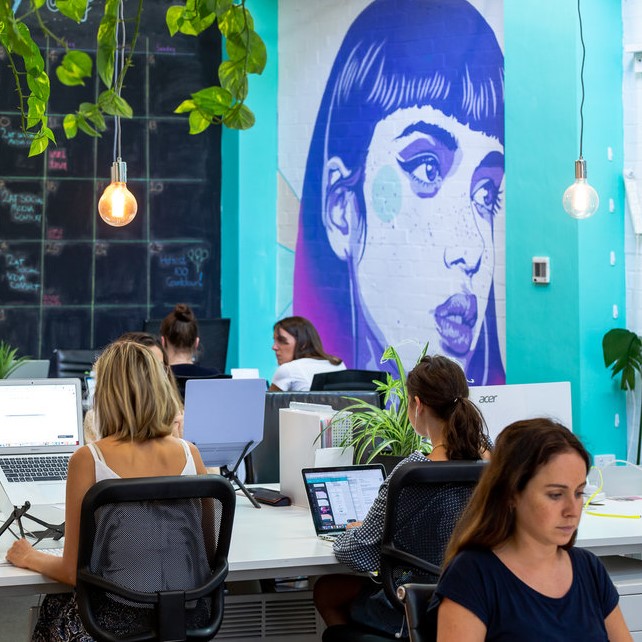 Women are a key part of a growing contingent workforce of freelancers, consultants and part-timers. Despite numerous government policies to attract more mothers back into the workplace, retention is still a significant struggle. Several data collected indicates working mums who return part-time, combining professional careers with raising a family, are increasingly frustrated. The research shows that the modern workplace often fails to cater for the needs of mothers and carers as they face the pressures of combining busy working lives with lifestyle and family obligations.
Women are a key part of a growing contingent workforce of freelancers, consultants and part-timers. Despite numerous government policies to attract more mothers back into the workplace, retention is still a significant struggle. Several data collected indicates working mums who return part-time, combining professional careers with raising a family, are increasingly frustrated. The research shows that the modern workplace often fails to cater for the needs of mothers and carers as they face the pressures of combining busy working lives with lifestyle and family obligations.




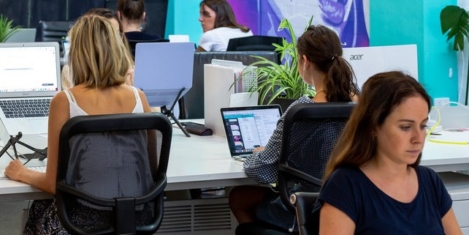
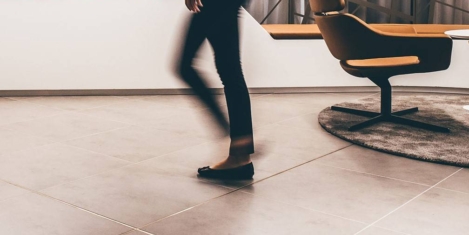


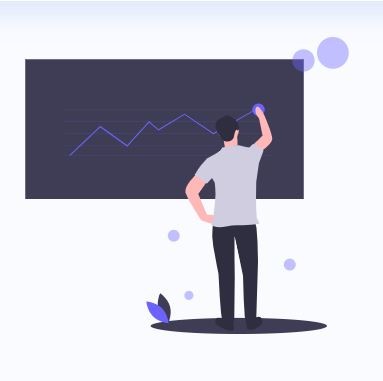
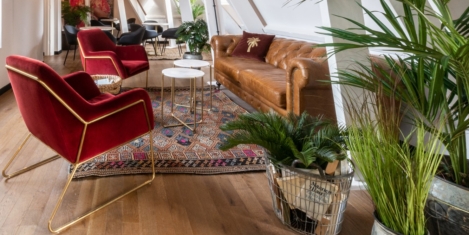
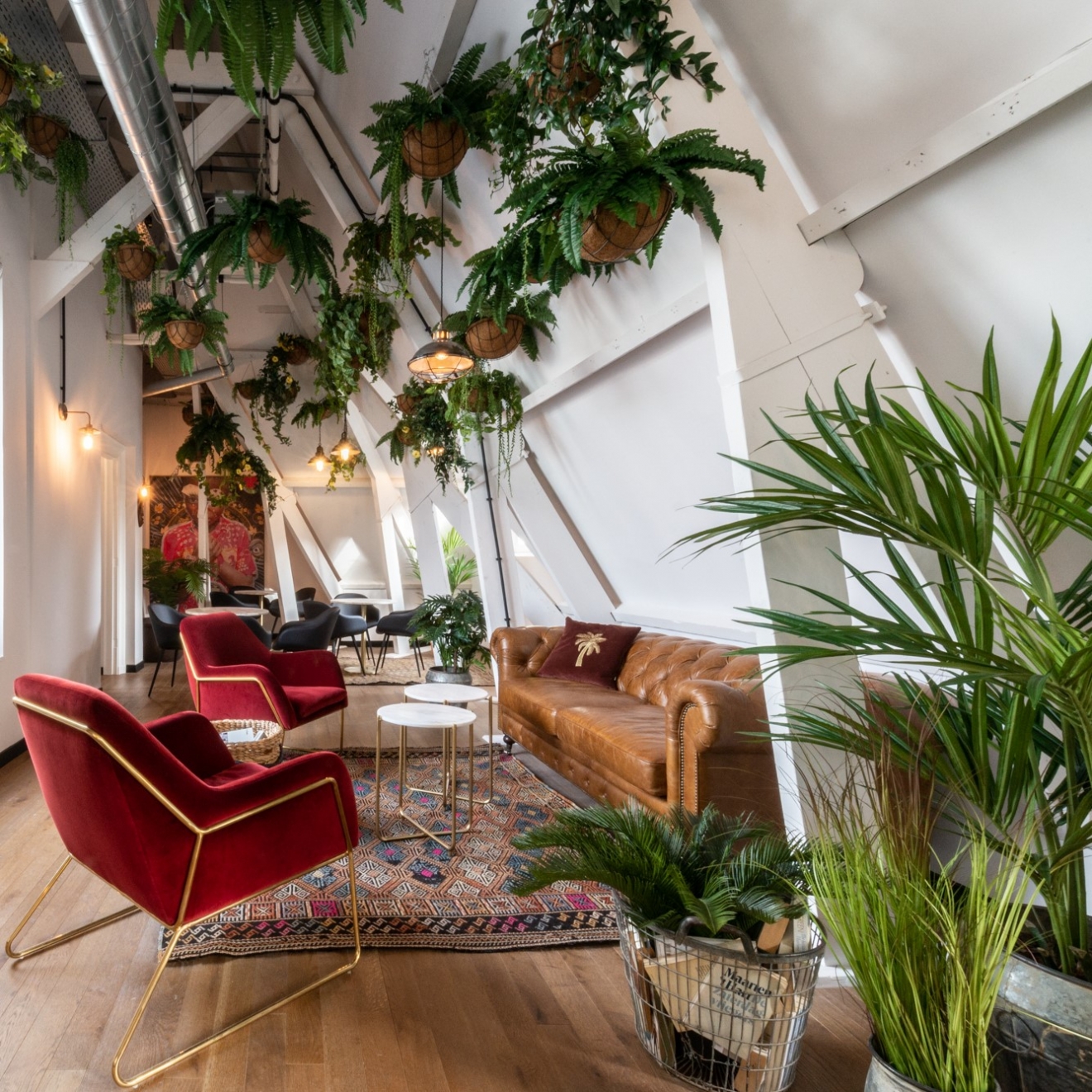

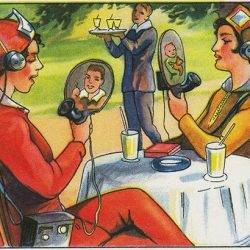




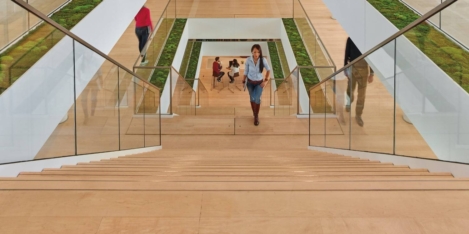



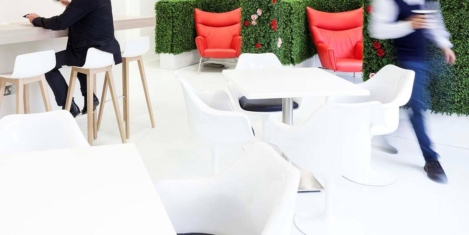
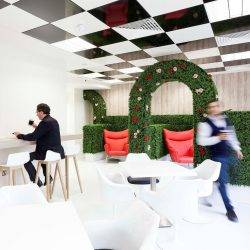











September 18, 2019
A fantastic workplace does not have to be innovative, just fantastic
by Neil Usher • Comment, Flexible working, Workplace design
(more…)